Daewangam Park (대왕암공원)
19.1Km 62396 2023-01-19
95, Deungdae-ro, Dong-gu, Ulsan
+82-52-209-3738
Daewangam Park is a seaside park located on the east coast. The park has a walking trail that passes by a forest of pine, cherry blossom trees, magnolias, camellias, apricots, and forsythia. This park is located at the end of the southeasternmost point facing the East Sea, and has a lighthouse that serves as a marker for fisherman and sailors out on the sea. The park is also home to Daewangam Rock that looks like a dragon rising up into the sky. It is connected to the mainland with an iron bridge and has an observation tower.
GyeongjuCheonnyeonhanok Pension (경주천년한옥펜션)
19.2Km 9165 2024-08-01
86-61 , Sidong-ro, Gyeongju-si, Gyeongsangbuk-do
+82-10-9898-3995
Cheonnyeon Hanok Pension in Gyeongju, Gyeongsangbuk-do, is a modern two-storey hanok built of pinewood and red clay, and equipped with geothermal heating and double doors to keep out drafts. Rooms have individual toilets and cooking facilities, and there is a spacious yard where children can play and grown-ups can experience folk games such as Tuho and Jegichagi. There are fine views of Joyang Reservoir and Tohamsan Mountain, and an inviting pine forest trail next to the house. Nearby tourist attractions include Seokguram Grotto and Bulguksa Temple.
Taehwagang River (태화강)
19.4Km 20902 2020-09-05
Mugeo-dong, Nam-gu, Ulsan
+82-52-120
Taehwagang River cuts across the city of Ulsan from the west to east and originates from Tapgolsaem Spring on Baegunsan Mountain. The 47.54-kilometer-long river passes through downtown Ulsan and empties out into Ulsan Bay on the East Sea. Not just a symbol of pride for the people of Ulsan, the river has long since been a precious commodity that has played a pivotal role in Ulsan culture and history. There are several attractions and amenities near the river such as a bamboo forest park, grassy fields, a pampas grass colony, trails, and exercise facilities. The river itself is home to many freshwater fish, while the riverside area is a famous habitat for migratory birds.
Seonam Lake Park (선암호수공원)
19.6Km 8902 2020-09-04
104, Seonamhosu-gil, Nam-gu, Ulsan
+82-52-226-4851
Seonam Lake Park was originally developed to provide industrial water, and was closed off to the public with high barbed wire fences for over four decades. However, after the area was no longer used for industrial reasons, the fences were removed and the 1.2 ㎢ lake area was converted into a park. Various facilities and walking paths were created to compliment the breathtaking scenery and the surroundings.
Ulsan Museum (울산박물관)
19.7Km 17340 2021-04-30
277, Duwang-ro, Nam-gu, Ulsan
+82-52-222-8501
Ulsan Museum is an archive of the past, present, and future of Ulsan City. The museum facilities include a history hall giving a general outline of the city from the prehistoric to the modern times, an industry hall showing Ulsan as the industrial capital of Korea, and a children’s experience hall for educational purposes. This eco-friendly museum equipped with advanced exhibition and education facilities is a model cultural space to help visitors understand Ulsan’s identity.
Chisanseowon Confucian Academy (치산서원)
19.8Km 25005 2020-02-05
7, Chisullyeong-gil, Dudong-myeon, Ulju-gun, Ulsan
+82-52-204-0324
Relics of Park Jesang is also referred to as Chisanseowon Confucian Academy.
Park Jesang, a descendent of Park Hyeokgeose, was severly tortured and then burned to death after rescuing two hostages taken by Japan, who were the brothers of King Nulji.
The nearby temple and Mangbuseok have a folk tale regarding the story. His wife and two daughters died waiting for him and then his wife is said to have turned into Mangbuseok (faithful wife stone) in the eastern Chisullyeong Mountain in Manhwa-ri, Dudong-myeon. According to the legend, her spirit became a bird, and flew away to hide behind Euneulam (Bird Hidden Rock).
After Park Jesang's couragous act, King Nulji gave him a loyal officers position as well as the role of godmother to his wife for her model behavior of wifely duty. Chisanseowon Confucian Academy keeps their ancestral tablets to honor royalty.
Bangeojin Port (방어진항)
19.8Km 0 2023-01-25
2, Seongkkeut-gil, Dong-gu, Ulsan
+82-52-209-3534
Bangeojin Port, designated as a national fishing port in 1971, is Ulsan's representative fishing port, with a large site for a fisheries cooperative's commission and an auction house. Various fish species, such as yellowtail, cutlassfish, Spanish mackerel, and anchovies, are caught. You can purchase fresh seafood from a nearby fish market or sashimi restaurant and enjoy it immediately.
The promenade along the breakwater reaches Seuldo Lighthouse, an excellent photo spot, and the sea road leading to Bangeojin Port, Daewangam Park, Ulgi Lighthouse, and Ilsan Beach also boasts romantic scenery. Recently, to revitalize tourism resources, murals and floor designs for the northern breakwater, parking lots, etc., were developed, and a village museum, the Bangeojin Museum, was opened. It serves as a resting place for Ulsan citizens and provides many attractions for tourists.
Girimsa Temple (기림사)
20.0Km 15060 2022-12-29
437-17, Girim-ro, Gyeongju-si, Gyeongsangbuk-do
+82-54-744-2292
Girimsa Temple is located in Hamwolsan Mountain in Yangbuk-myeon, Gyeongju. The temple was built in the Silla Era and, with 16 buildings, is the second largest temple after Bulguksa.
Legend has it that the temple was originally built by the Venerable Gwang-yu, a sage from India, in the early part of the Silla Kingdom. The temple was reportedly called Imjeongsa at first, but was later changed to Girimsa after undergoing expansive renovations by Monk Wonhyo. It is still unclear exactly what year the temple was built in.
Girimsa is divided into two main areas. The first is the area around Daejeokgwangjeon Hall where the statue of Birojanabul is enshrined. The second is the area around the majestic 500-year-old bo tree (a kind of large fig tree) that is home to a wooden pagoda, the Seongbo Museum, Samsingak, Mangbujeon, and Gwaneumjeon halls. Daejeokgwangjeon Hall was first built during Queen Seondeok's reign, and was rebuilt six times since its original construction. Its simple but majestic architecture is characterized by baeheullim (aka, entasis columns) and a Dapoyangsik (Dapo-style) single-tiered gabled roof.
Girimsa is famous for Ojongsu, water that is said to have five different tastes. It consists of gamrosu, which is best for making tea; hwajeongsu, which supposedly gives comfort to the drinker; janggunsu, which makes the body stronger; myeongansu, which gives clear vision; and otaksu, which is said to sparkle so brightly that it attracts all the birds of the air. During Japanese colonial rule, the source of janggunsu, literally meaning ‘water of a general,’ was reportedly blocked off by Japanese soldiers, who were afraid the water would give the Korean people the strength to overthrow them. Except for janggunsu, water still continues to flow from each source.
On the way to Girimsa temple is Golgulsa Temple, well known for its 12 grottos. Golgulsa was originally a hermitage of Girimsa. After becoming an independent institution, it became the center of Seonmudo practice in Korea. The temple aims to promote the art of seonmudo on a national and international level.

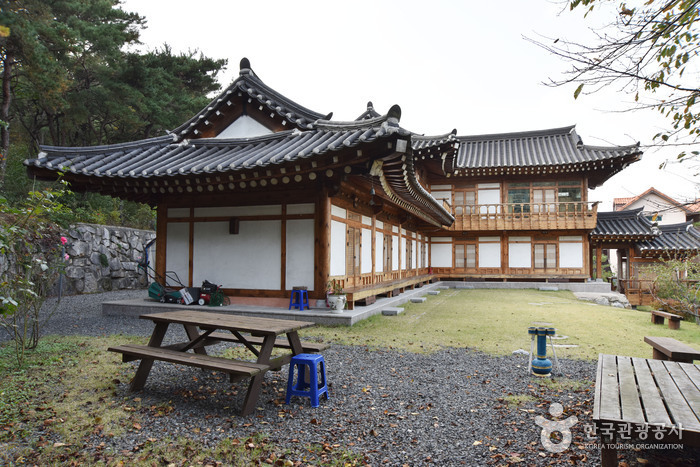
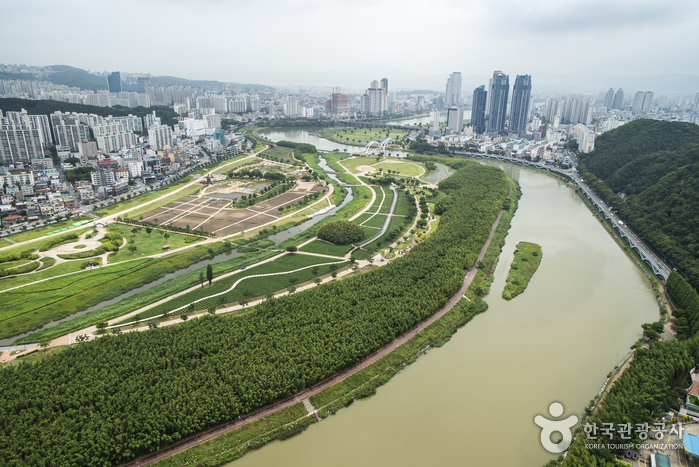
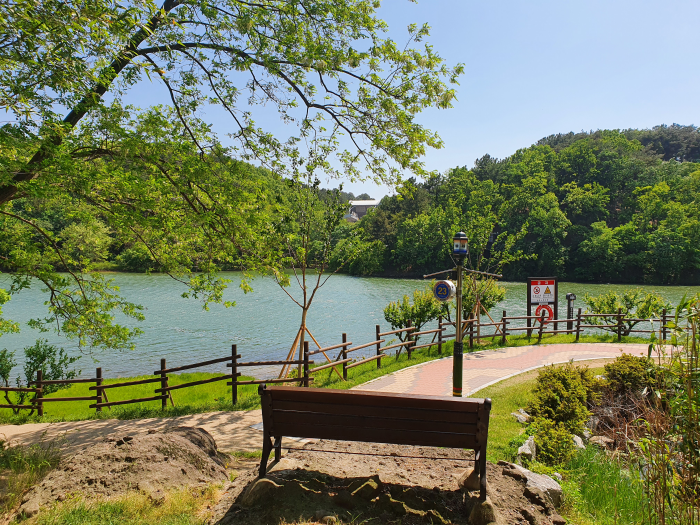
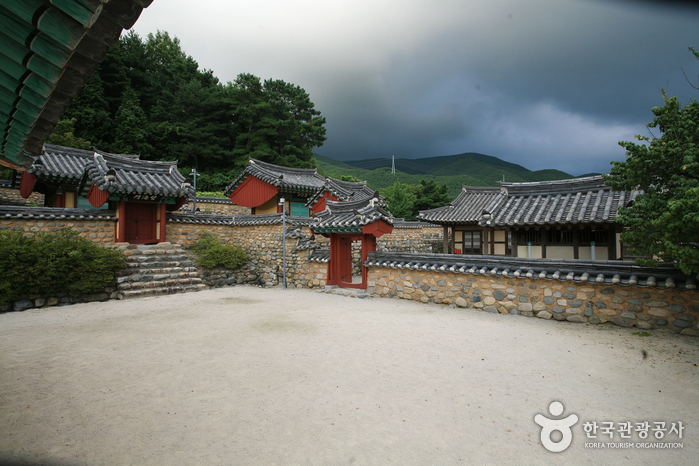
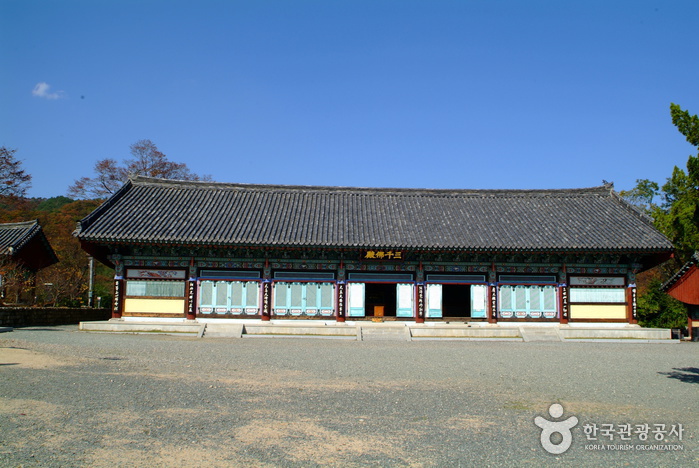
 English
English
 한국어
한국어 日本語
日本語 中文(简体)
中文(简体) Deutsch
Deutsch Français
Français Español
Español Русский
Русский